How to Prepare Your Pet for Moving Into a New House

Moving into a new home with a pet is an important change. Although it is a joyful moment, moving can also bring some hassle and stress.
5-Minute Crafts explains the conditions that you should create for your pet during a move and how to avoid putting your little friend under undue stress during this exciting time.
1. Stay in touch with your vet.

2. Stick to their usual routine.
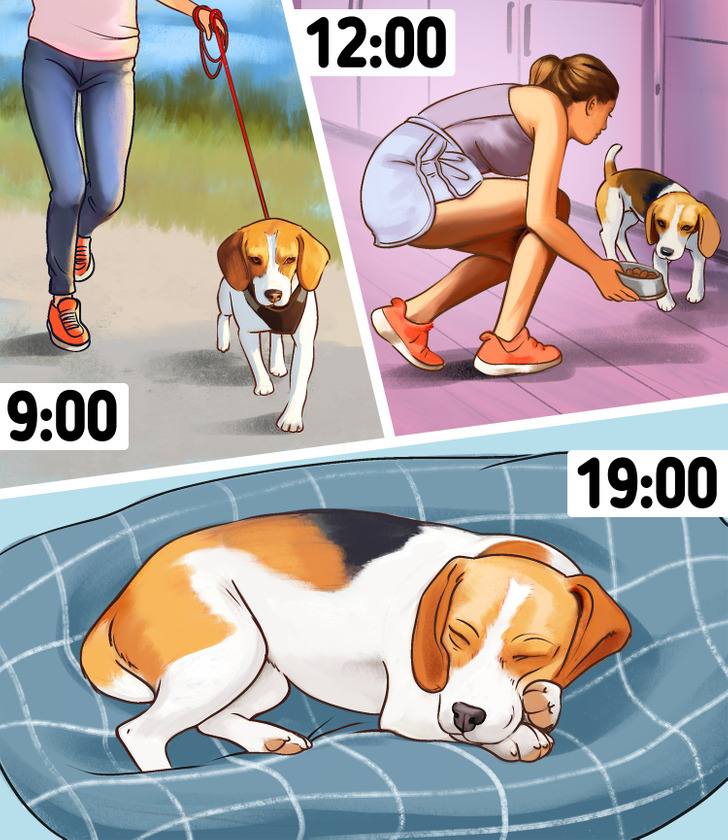
We all like to stick to our own daily routines, and the same goes for our pets. You don’t want to change your routine because of a move, thus putting your pet under additional stress. Stick to your pet’s usual feeding and walking schedule, and this will make the moving process much more comfortable.
3. Prepare everything your pet will need.

4. Keep them out of the action.
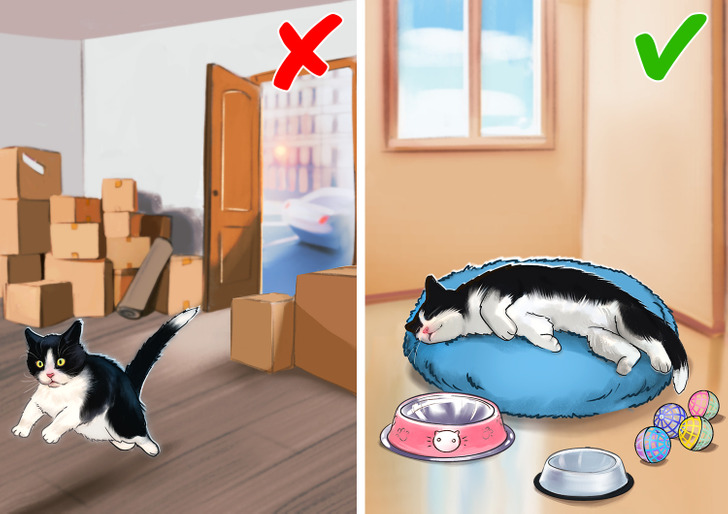
The moving day itself will already be full of worry, so try to keep your pet away at this point. It is unlikely that you will have the time or energy to make sure that your cat or dog does not escape through the door that is open to the movers. It will also be stressful for your pet to see all of their familiar things taken out of the house.
You can clear one of the rooms and use it as a shelter for your little friend. Put water, food, and toys in the room, and remember to warn others to not open the door. Another option is to place your pet in the capable hands of a close friend or relative for the duration of the move. Make sure that the pet gets to know the person you are entrusting it to.
5. Give them time to get used to it.
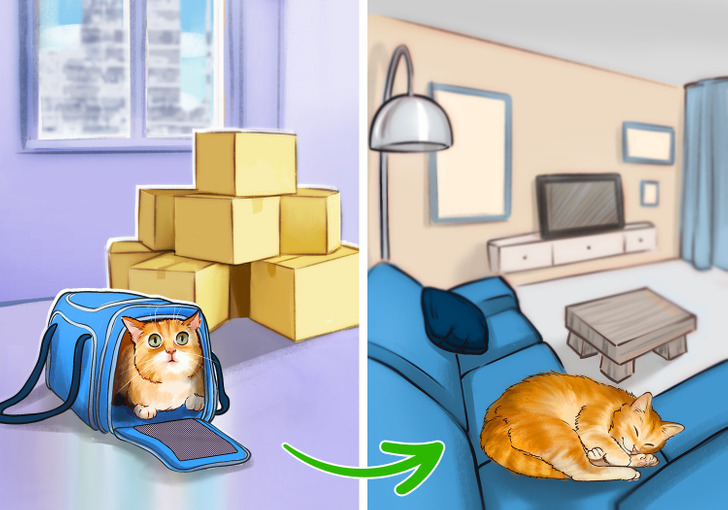
Don’t rush your pet into loving their new home. Remember that they may need some time before their new surroundings start to become familiar. It is best to not let your pet out into the whole apartment or house right away. Give them a small area to get used to, make sure there is water, food, toys, and some of their favorite things, and then they can gradually explore the rest of the space on their own. Remember that cats have more difficulty adjusting to a new space than, for example, dogs.
6. Moving with birds
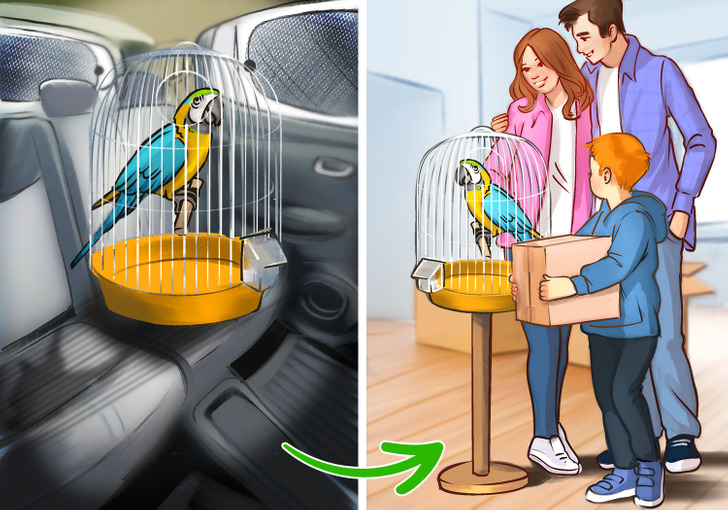
If you do not want to use a professional bird transport service, you should take careful care to transport it properly. Provide the bird with a cage that is a suitable size or use a backpack carrier. Be sure to cover the back windows of the car with curtains, as direct sunlight can irritate the bird. Take care to bring their food, water, medicine, and other necessities.
Also, when moving with your bird, remember that it is a social animal and that you should set up its cage so that it can see your activity in its new home. However, the location should be chosen so that the bird can feel secluded if it wants to. Remember that, when stressed, birds may make a habit of plucking their own feathers. At the first sign that this is happening, you should seek veterinary advice.
7. Moving with fish
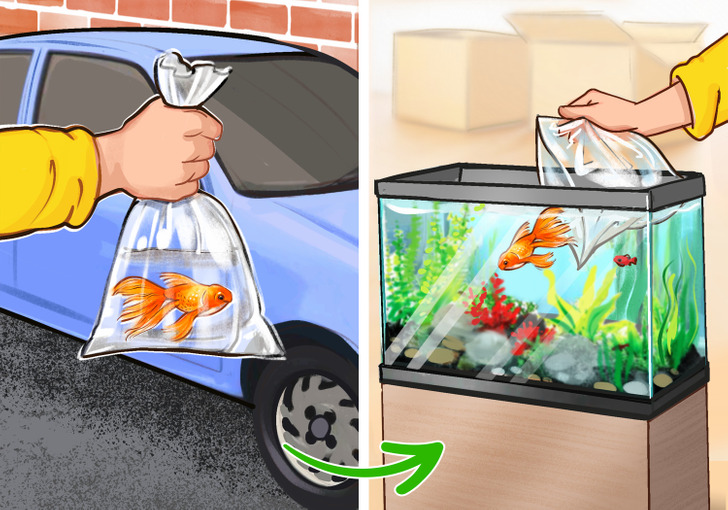
Moving can be a very traumatic experience for fish, so taking care of them during the move is very important. If you are moving a short distance, try transporting the fish in a bag filled with water from an old aquarium. Use a double-layer bag closed with elastic bands. 2/3 to no more than 1/2 of the bag should be air, with the rest water. If you have access to pure oxygen, use that to top off your bag. But be sure to consult with a pet shop about how a move should be arranged and what you may need. When moving long distances, it is worth considering buying a new friend for your fish as soon as you unpack.